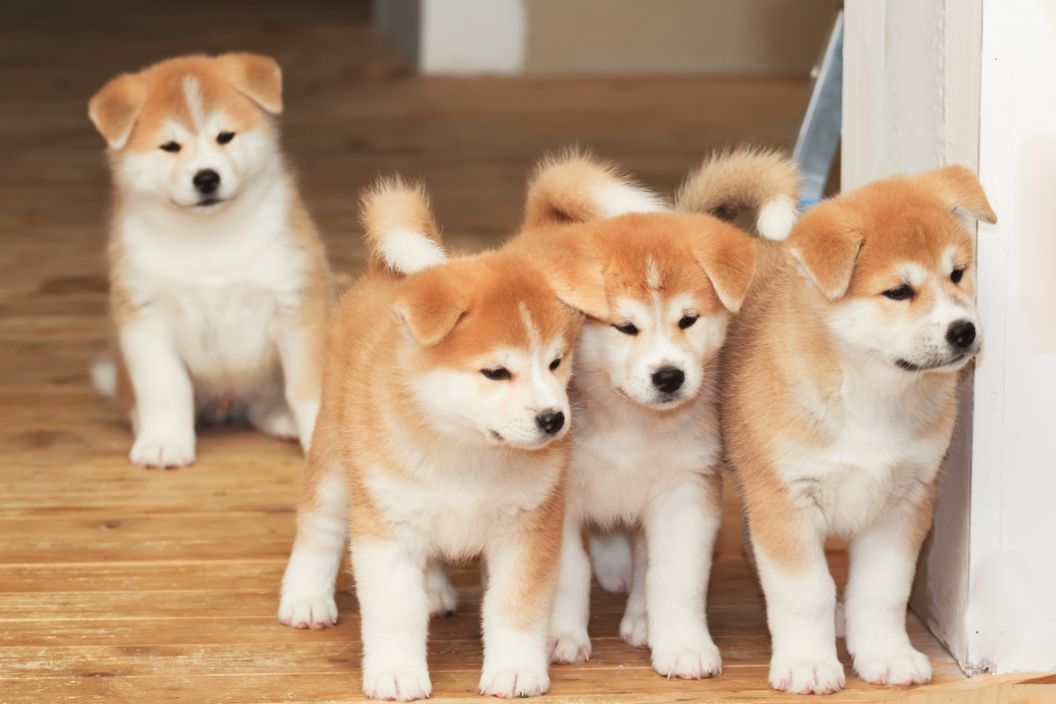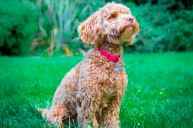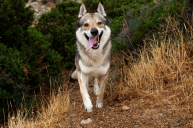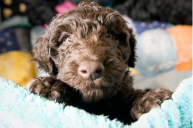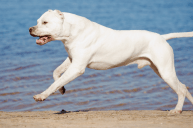The famous Akita dog comes from the mountains of northern Japan.
Bred as a versatile hunting dog in the rugged mountains of northern Japan, the Akita is a wonderful combination of dignity with good nature, alert courage, and docility. These high-energy dogs need plenty of exercise, but they're loyal companions and can be quite happy in active family homes. Just like any other working dogs, Akitas do best with regular exercise.
These dogs have a distinctive appearance and are a popular breed in America today. They're very intelligent and bold, making them good guard dogs. Read on to see if this dog breed might be right for your home.
Cultural Significance
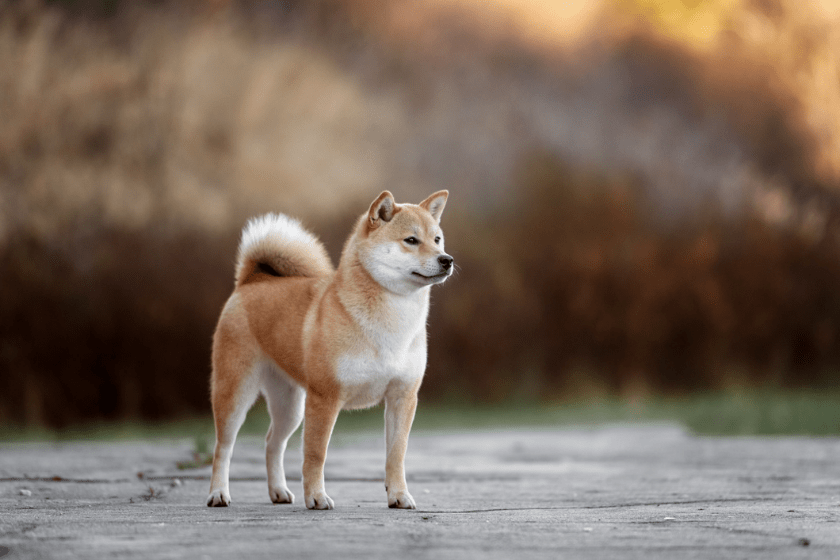
The world's best-known Akita Inu (inu means dog in Japanese) was named Hachiko, and is revered in Japan for his loyalty. After his owner died, Hachiko kept vigil for the rest of his life at the train station where they always met at the end of the day.
According to the Akita Club of America:
"In Japan this loyal breed is affectionately regarded as loyal companions and pets, protectors of the home and a symbol of good health. When a child is born, the proud family will usually receive a small statue of an Akita signifying health, happiness, and a long-life."
Akita Breed History
Helen Keller is actually credited with bringing the first Japanese Akita into the United States in 1937. The American Akita was soon developed. There is still debate as to whether the two dogs should be separate breeds.
"The breed's popularity in the United States following World War II may be attributed to American servicemen of the occupational forces, who so admired the noble dogs that they took them home to their families. They were attracted to the Akita because of the breed's intelligence and adaptability to different situations."
Akita Dog Characteristics
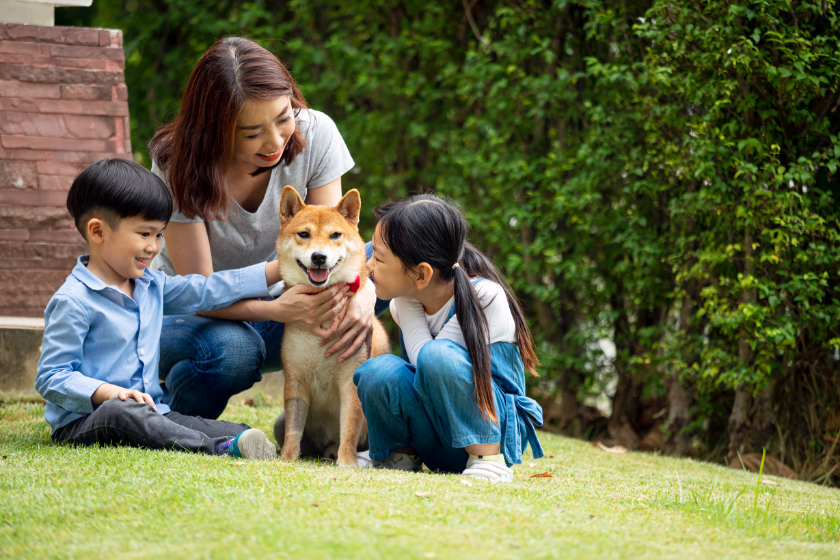
The general appearance of the Akita breed is large, powerful, and alert with a broad head, a deep muzzle, small eyes, and erect ears. The large, curled tail, balancing the broad head, is also characteristic of the breed. The hunter Akita has the typical spitz appearance: wedge-shaped head, prick ears, rectangular body with a dense double coat. American Akitas are acceptable in any color or combination of colors, including pinto with a black mask. Japanese Akitas are seen in red, fawn, sesame, white, or brindle.
This breed verges on large to giant, weighing 65 to 115 pounds (and sometimes more).
The Akita is an independent dog with a bold nature. They are typically very devoted to and protective of their family members, and potentially aggressive toward dogs they don't know.
They are not known for barking! The most common behavior problems are overprotectiveness and aggression toward other dogs, making them good guard dogs. But both characteristics can be addressed with socialization and training at an early age.
Health Problems and Overall Care
Health problems include hip dysplasia, immune system disorders that affect the skin such as pemphigus foliaceous, uveodermatologic syndrome, gastric dilatation-volvulus, hypothyroidism, and sebaceous adenitis- a disease that ends in total hair loss. Their lifespan usually ranges from 10 to 15 years.
The Akita dog needs to be brushed regularly. They have a double coat so weekly grooming to keep it clean and remove dead hair is key. During spring and fall shedding seasons, daily brushing will help.
The Akita's energy level is similar to any working dog. They need 20- or 30-minute brisk walks or runs daily, always on a leash. He performs well in dog sports.
The American Kennel Club (AKC) and the breed club Akita Club of America can recommend reputable breeders or answer breed characteristic questions. First-time dog owners should do their research before bringing home an Akita puppy.
Did you know that the renowned Helen Keller is credited with bringing the first Akita into the United States in 1937? Have you ever met an Akita? Tell us on the Wide Open Pets Facebook page!
This article was originally published December 30, 2019.
